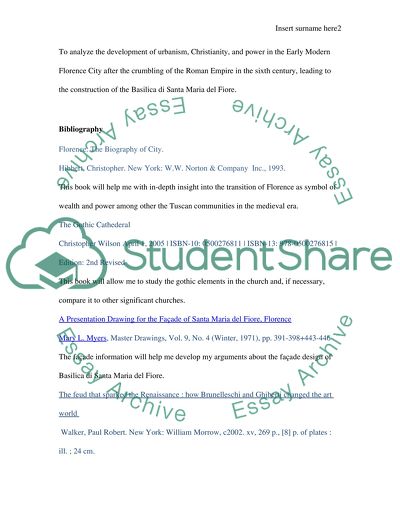Cite this document
(“Basilica di santa maria del fiore Research Paper”, n.d.)
Retrieved from https://studentshare.org/architecture/1477464-basilica-di-santa-maria-del-fiore
Retrieved from https://studentshare.org/architecture/1477464-basilica-di-santa-maria-del-fiore
(Basilica Di Santa Maria Del Fiore Research Paper)
https://studentshare.org/architecture/1477464-basilica-di-santa-maria-del-fiore.
https://studentshare.org/architecture/1477464-basilica-di-santa-maria-del-fiore.
“Basilica Di Santa Maria Del Fiore Research Paper”, n.d. https://studentshare.org/architecture/1477464-basilica-di-santa-maria-del-fiore.


